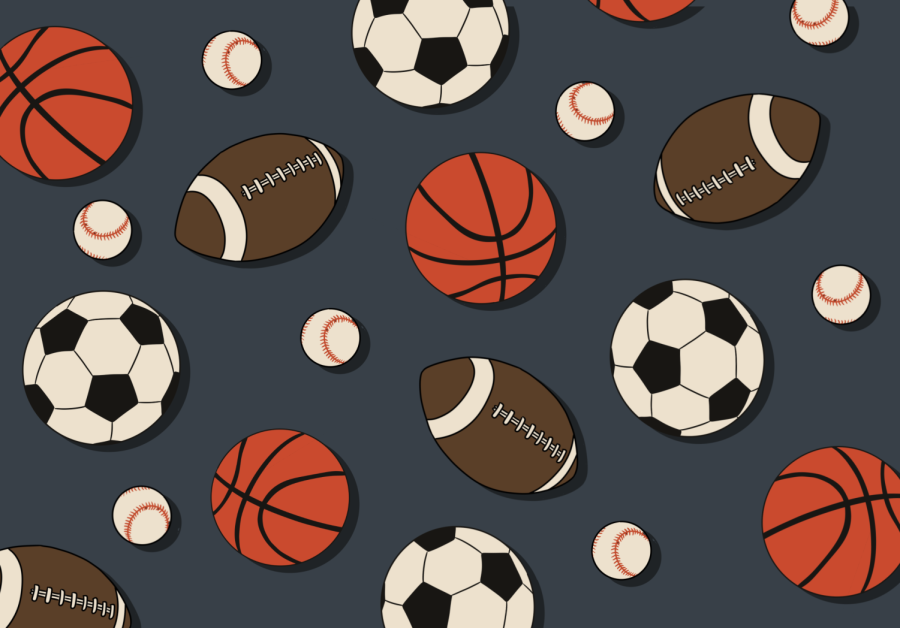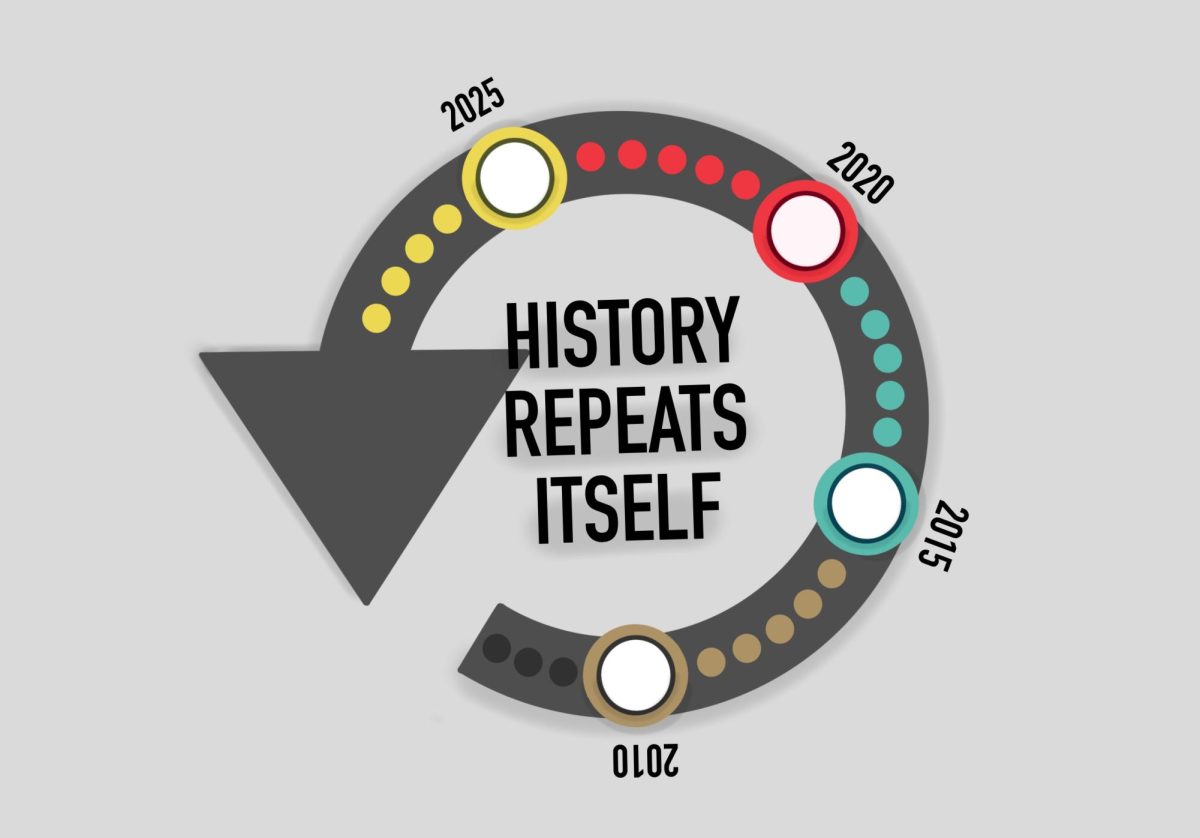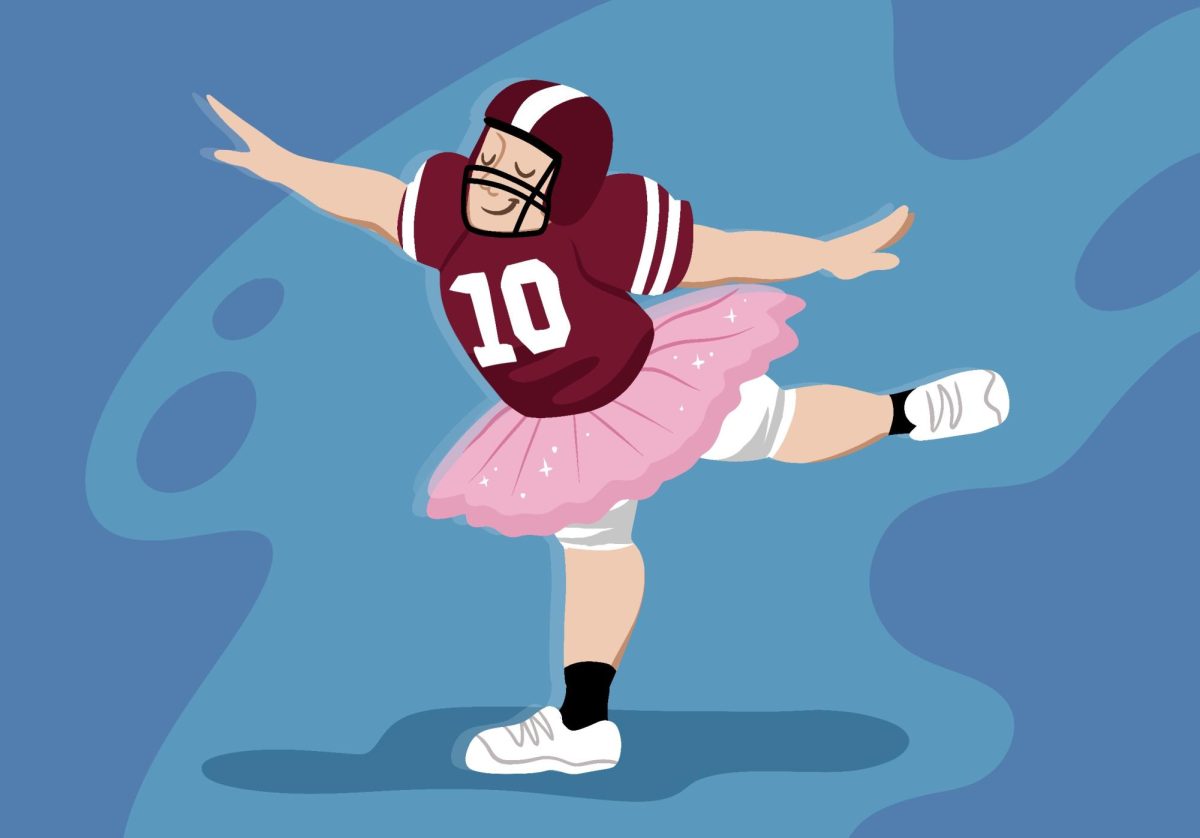Specialization, the practice of a child playing and training for a single sport outside of its normal season, has become an accelerating trend among young athletes.
Today, it is far from uncommon to encounter a middle or high school athlete spending the majority or entirety of a calendar year practicing and playing a single sport. Some estimates suggest that around one-third of young athletes specialize in a sport year-round.
At first glance, it may not appear to be a serious problem. Young people dedicating themselves to improving their craft in a specific sport could indicate a sign of increased motivation and drive (certainly preferable to sitting around playing video games).
However, the rise of sports specialization has led to a disturbing uptick in chronic orthopedic injuries caused by overuse. The American Academy of Pediatricians has reported a nearly 150% increase in ACL injuries from 2011 to 2021.
While most prominent in basketball, specializing in any sport — including baseball, soccer, running, hockey and tennis, among others — increases the risk of overuse injuries. Injuries that were once shocking to see in children, UCL and hip labrum tears, tennis elbow and a litany of other muscle strains, have become commonplace in emergency rooms and orthopedic specialists’ offices.
Specialization also deprives children of the benefits of diversified athletics.
“I think there’s a decrease in the risk of injury with a well-balanced program because you are able to not only just slow down on things that could flare up from overuse, but you are strengthening other body parts,” said Dr. Adam Johannsen, an orthopedic and sports medicine surgeon at Tria Orthopedics.
Playing multiple sports allows for muscle and ligament recovery while also strengthening and conditioning otherwise neglected parts of the body, resulting in a well-rounded physical skill set that improves durability.
As a result, athletes who cross-train across multiple sports experience lower extremity injuries at half the rate of those who specialize, according to a study conducted by the University of Wisconsin School of Medicine and Public Health.
Even at the professional level, NBA players who played multiple sports during their youth and delayed specialization have a decreased risk of serious injury during their careers.
On top of that, as young athletes specialize at earlier ages, the propensity for emotional burnout increases. The constant emphasis and pressure to succeed at a single sport eventually erodes the enjoyment of athletics in general. This increases kids’ risk of anxiety, stress, social isolation and worsening academic performance.
With such physical and mental health risks associated with specialization, why has it become so prevalent?
While single-sport athletes are not a monolith, the broader trend of year-round training is attributable to a web of cultural trends and logistical challenges, increasing the appeal and perceived benignity of specialization.
For one, many world-famous athletes have built brands around the obsession they display over their respective sports. Tiger Woods famously went on “The Mike Douglas Show” at the age of two to display his precocious talent. Moments like these and others have left parents and athletes with the impression that a child must begin training at an early age to excel at a sport.
In reality, today’s high school athletes have been shown to start specializing at an average of two years younger than current college athletes. Therefore, even if specializing does improve the chances of playing beyond high school, kids are still doing so at too young an age.
Additionally, limited space on high school teams, especially in suburban areas, drives athletes towards early specialization. One study showed larger high schools see a higher propensity for specialization compared to smaller, rural schools.
With any given sport offering only 10-15 spots per team, in a large graduating class, only a small portion of students can be meaningful contributors. Consequently, the pressure to compete for limited spots can understandably drive athletes to dedicate their elementary and middle school years preparing to secure the coveted starting spot.
Where does this leave athletes today? Should the practice of year-round preparation be scrapped entirely? How can schools encourage multi-sport athletes?
As the study of NBA players indicates, simply delaying specialization significantly reduced the probability of sustaining serious injuries during their time in the league.
In my conversation with Johannsen, I asked him about this.
“It is kind of dependent on the sport and the person and the goals. Once you get over age 16, focusing on a sport is a little better, as long as you incorporate that broader training program,” Johannsen said.
As an athlete decides to seriously pursue playing a sport at a higher level, it is reasonable for them to dedicate a greater deal of their time out of season to training. However, waiting to do so until later in high school both limits the chances of suffering overuse injuries and allows the athlete to reap the benefit of cross-training in their youth.
Additionally, even if the number of athletes who can compete on the school’s official sporting teams is limited, youth and high school athletic programs must promote multi-sport athletes by increasing the number of intramural and in-house leagues, allowing for more athletic opportunities for students to participate.
Beyond physical well-being, multi-sport athletes will manage to avoid the stressors and causes of emotional burnout mentioned earlier, and hopefully develop habits and traits on the field, court, ice rink, track or swimming pool permeate their everyday life instead.
A paradigm shift is required in the approach to youth athletics. Being part of a team is supposed to expose kids to a variety of positive social and physical experiences and most of all, be fun.
For the sake of their physical and mental well-being, bring back the sports generalist. Children’s minds and ACLs will be grateful in the future.














